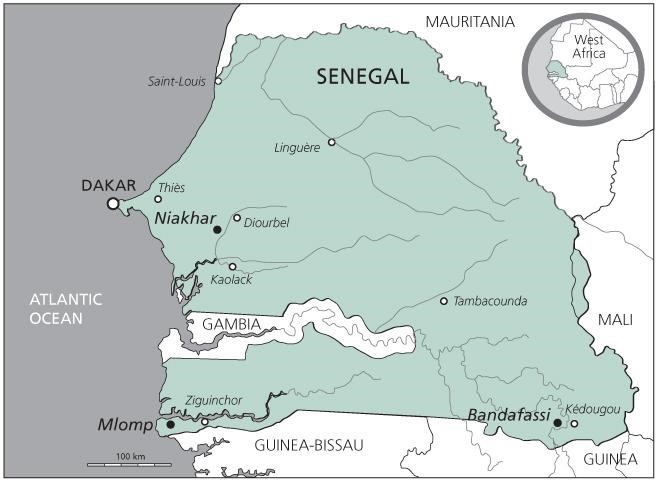Le 14 Jan 2019
Social interactions influence the decision of education in Senegal
About the authors

Ababacar Gueye
Chargé d'études, DARES, Ministère du Travail

Martine Audibert
Directrice de recherche, Université Clermont Auvergne, CNRS, IRD, CERDI, F-63000 Clermont-Ferrand, France

Valérie Delaunay
Directrice de recherche, LPED-IRD-AMU
Reference
Gueye, A., Audibert, M., Delaunay, V. (2018). “Can social group schooling behavior impact access to children education? Evidence from castes in rural Senegal”, World Development 110, 307–323. (Cat CNRS = 1).


